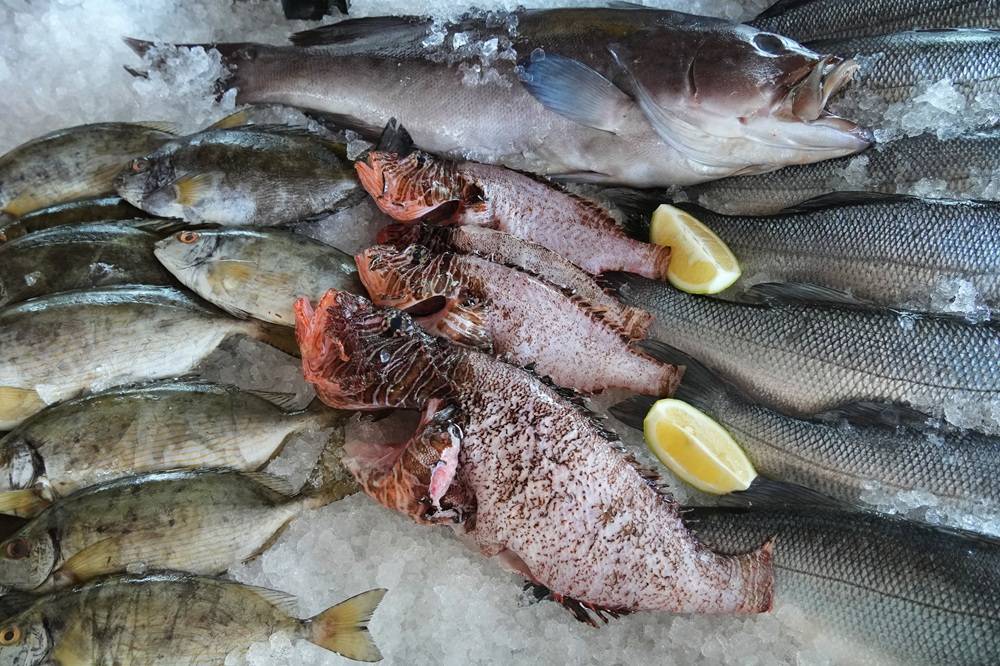Established 70 years ago, the New Gourna Village by Architect Hassan Fathy has started to recover some of its splendor that almost faded due to aging factors. Many of its buildings and features are destroyed, and the “historic construction dedicated for poor people” and its old muddy buildings now coexist with newer ones made from reinforced concrete.
Egypt is currently seeking to address this problem and turn the village into a historic landmark after a development and restoration project. The first phase of the project launched recently, and the Egyptian culture ministry is preparing the documents to enlist Hassan Fathy’s New Gourna Village as a UNESCO tangible cultural heritage.
“The revival of this village designed by Hassan Fathy, founder of the modest architecture school in Egypt and the world, is a global event that reflects Egypt’s soft power, and highlights one of the culture ministry’s strategic projects aimed at maintaining local heritage. This unique landmark will be restored and developed in cooperation with UNESCO, so our country remains a source of art and creativity,” Dr. Ines Abdel Dayem, culture minister, said in her keynote speech at the opening of the village.
She also announced the appointment of Engineer Mohammed Abu Saada, head of the National Organization for Urban Harmony, to prepare “the required documents to feature Hassan Fathy’s New Gourna Village on the UNESCO’s Tangible Cultural Heritage List.”
The first phase of the project consists of restoring the village including the caravanserai, mosque, theater, and culture palace, according to Abu Saada.
“The village suffered from several problems, and as a landmark registered on the architectural heritage list of the National Organization for Urban Harmony, it must be restored,” he told Asharq Al-Awsat.
According to Abu Saada, UNESCO considers the village a traditional architecture that merges with modern architecture, and this is why Egypt is calling to enlist it as a tangible cultural heritage, noting that “the body will start preparing the required documents in collaboration with the UNESCO, which has been a fundamental partner in the development and restoration project.”
Architect Hassan Fathy started the construction of the village named New Gourna in 1945 to house 7,000 of the old Gourna’s residents. The old Gourna was built over historic cemeteries in El Bar El Gharbi region, Luxor, to protect them from violations and looting.
The Hassan Fathy’s Village gained its fame following the “Architecture of the Poor” book in which the architect describes this model of eco-friendly architecture using simple materials. “For me, the Gourna Village is and experience and an example at the same time,” he wrote in the book, hoping the village would become a model to reconstruct the Egyptian countryside.
The launch of the first phase is a long-awaited dream, stated Dr. Fekri Hassan, director of the heritage program at the University of France and professor of archeology at the University of London.
“The restoration project was first scheduled in 2010, but it actually started in 2019. Restoration is not the most important thing to do, though. Reusing the buildings, turning the caravanserai into a craft center, and updating the design to benefit the residents and ensure them a living is more important.”
The interest in this village emerged in 2009 when the UNESCO launched a project to develop it in collaboration with the Egyptian culture ministry. The agency carried on a study on the village in 2010, and found that 59 out of 70 buildings in the village still exist. The original design of 61 percent of these buildings can never be restored, while 15 percent have maintained their original design.
In 2010, UNESCO started a project to restore the village in cooperation with the ministry, but it was halted because on the January uprising in 2011. Then, the restoration plans were announced again in 2015.
The residents of the village are waiting the restoration of the remaining buildings. “There is no plan for the remaining buildings including Fathy’s house, the market, the routes, and sewage networks near the village,” said Fekry, noting that there are four buildings that have been restored by the civil society.” Fekry believes that the region must be turned into a global architectural center.
For his part, Abu Saada said the second phase will focus on improving the architectural entourage of the village, in addition to restoring 17 houses including Fathy’s, as well as addressing the problem of the new buildings established nearby the old ones in order to maintain the spirit of the village.”










